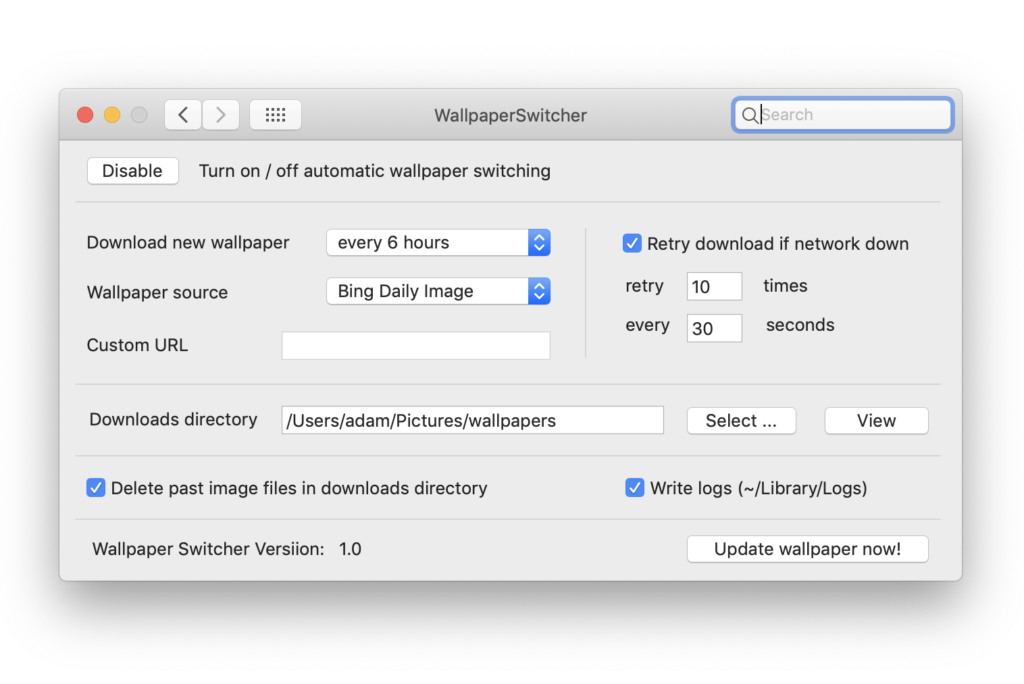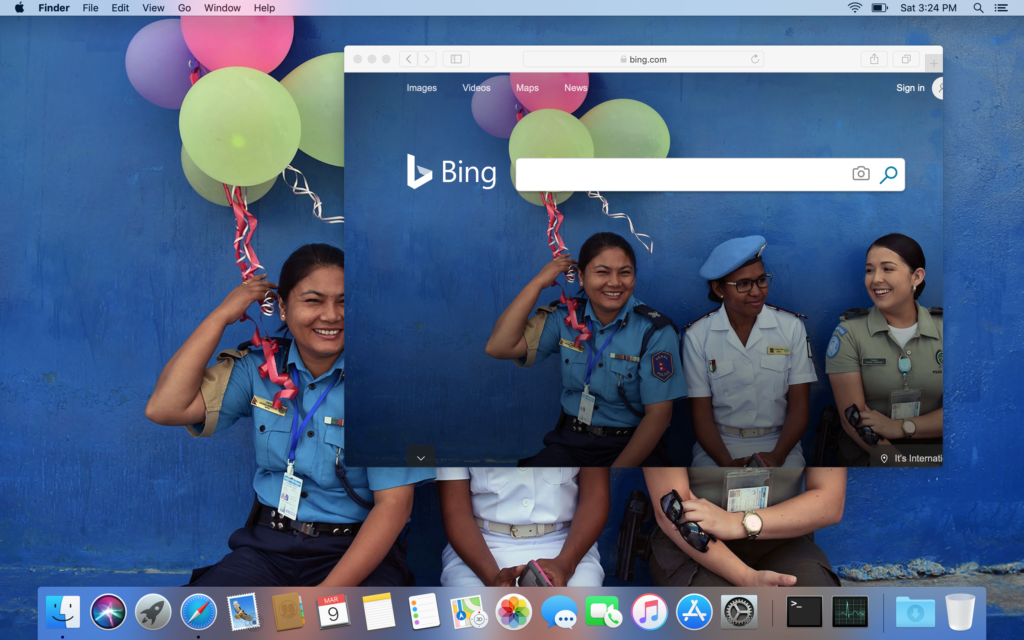When trying to learn coding some deep learning problems, you can bump across quite a few (python) frameworks. Personally, I started with Keras, being the easiest, but then I was curious how others work.
So, as an exercise, I implemented the same problem in several frameworks trying to make it work exactly the same (as in take same input, give same output and implement the same kind of neural network inside).
The starting point for me with Deep Learning in general was quite a good introductory book “Deep Learning for Python” by Keras author Francois Chollet. Therefore, my Keras code follows instructions from the book, while the subsequent implementations in other frameworks I did myself trying to mimic what’s done already in Keras – small exercise in getting to know different APIs 🙂
I used the IMDB review classification problem (trying to figure out positive/negative reviews given their text). Implementing a simple MLP network with 2 hidden layers.
I tested the following, implementing the same IMDB problem in all:
- Keras 2.2.4 [library homepage] [code]
- TensorFlow 1.x [library homepage] [code]
- TensorFlow 2.0 release candidate (Subclassing API) [library homepage] [code]
- PyTorch 1.2 [library homepage] [code]
All source code is available in Jupyter notebooks on GitHub, I ran it using python 3.7.
My general personal thoughts are that Keras is by far best for quick prototyping and doing many many experiments after which you might need to revisit some again (ie. code is simple and readable). At work, I often need to test many cases/architectures/configurations for a client, jump to another project and maybe few weeks later come back to my old experiments to continue or pick something for final deliverable.. so readability of code and being able to quickly recall what I actually did is nice.
Of course, I looked at other frameworks for a reason. Keras is high-level, so when I need more flexibility and control to implement something custom then might need to go elsewhere. The almost legacy now TensorFlow 1.x is truly a pain to debug, very unintuitive in comparison to any other python framework/library. PyTorch has a more interesting approach but I found it not as good documented and after learning both Keras and TensorFlow 1.x quite annoying actually :p Finally, TensorFlow 2.x is basically trying to steal the best tricks from everybody, fully integrated Keras and than for more control it adopted PyTorch-like approach with defining the model through subclassing etc. At the moment of writing this TF2 is still beta / release candidate, so I would say needs time to mature (e.g. I’m getting lots of warnings when running under Windows even the basic TF2 subclassing example, the documentation even tho improved I still find lacking etc.). Overall tho, I think its a good direction.
ps. my opinion could be a bit biased towards Keras because by the time I started with TensorFlow/PyTorch I already went through the entire Chollet book implementing everything and I used Keras for some problems at work with clients too.

